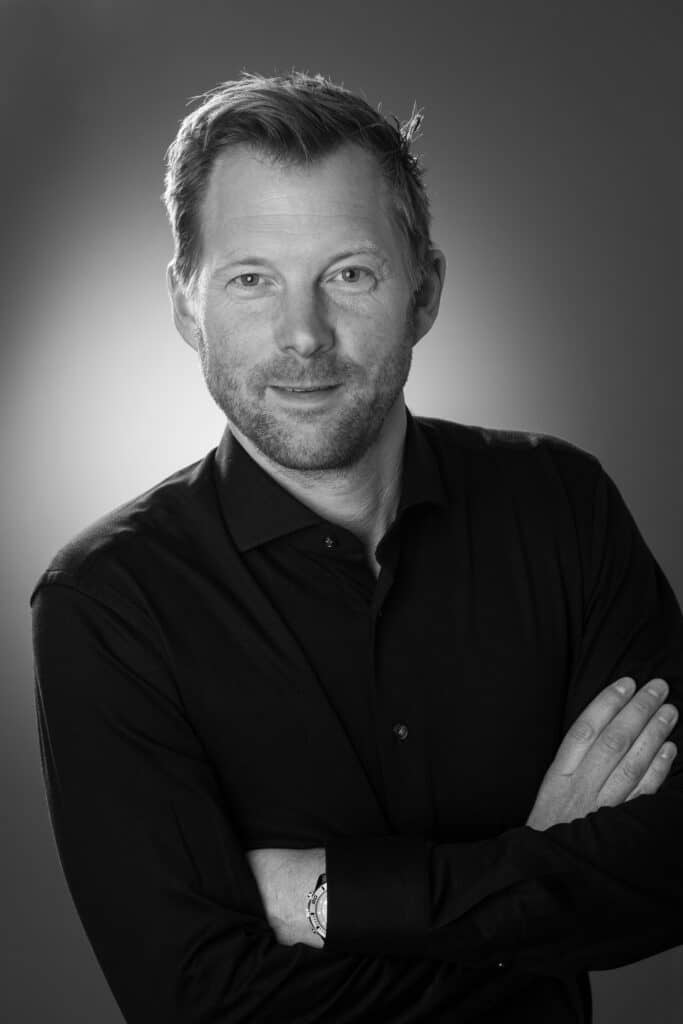LED Technology
LED use in horticulture is relatively new. LED technology by itself has existed for many decades but the (commercial) application in growlights has only come in the last decade, as the efficacy of LED’s surpassed that of traditional HID lights. As with all new technologies, it takes some time before all the ins and outs of a technology and its application have been discovered and we can speak about ‘best practice’.
History repeats itself
Historically in growrooms, large (aircooled) reflectors were used. There existed a belief that this was the only way to properly light a crop. Over time this belief has changed and small form factor greenhouse style fixtures became the norm. Increasing efficiency, professionalizing growrooms and increasing yields. The same people who helped revolutionize the industry in this regard now bring this revolution to LED technology. It’s called the DLI APEX LED.
Uniformity
Multilayer fixtures do not use lenses and have a poor light distribution when looked at from a point of view of a single LED. This is where the form factor comes in, because the LED’s are distributed over a large area, the distribution becomes much better. Toplights generally use lenses to shape the light beam. (A toplight without a lens is trash unless uniformity does not matter to you at all) The APEX uses a high quality lens that shapes a broad beam, designed to overlap and provide good uniformity on a large surface area.
Climate
Anyone that is familiar with multilayer cultivation is aware of the challenges when it comes to the climate. With lights mounted at a higher, static, point there is more space for the air below the fixtures to mix and provide a more equal climate. Even though the multilayer fixtures have space between the bars for air to move through they do influence the air, causing turbulent flow. This is another reason to use a toplight in a larger room.
Flexibility
Toplights provide the ultimate flexibility. Because the fixture does not determine the dimensions of the cultivation area, the grower has a much higher possible range of light levels that can be achieved in a layout. Whether you want a nominal light level of 500μmol/m2/s or 1500μmol/m2/s, it’s all possible. Whereas 500μmol/m2/s with a multilayer fixture may require dimming and 1500μmol/m2/s might not physically fit in the room. It’s this flexibility that will revolutionize the world of grow light as it has done before.
Multilayer means multilayer
While toplighting is a better solution for single layer cultivation, there is nothing wrong with the concept of a multilayer fixture. They should however only be used in true multilayer setups, such as rolling racks with multiple layers of cultivation. Where the distance between the plant and the light needs to be minimized to maximize the effective use of space.
This, in the end, is the conclusion of this blog; Products need to fit the application in order to achieve the best results. If you have a large room with rolling benches, the APEX is what you need.
Written by: Jeroen Dercksen Sales Manager Indoor Cultivation.
“I’ve always been interested in Controlled Environment Agriculture and have been involved in the industry for over 15 years. If I don’t understand something I simply must find out. But I also like to share knowledge. Together we can improve and revolutionize the world to make it future-proof.”
Voor vragen of informatie over deze vacature, mail ellen@dli.nl of bel: 06 20 93 72 75

“At DLI we go for the best results and create room for innovation.”